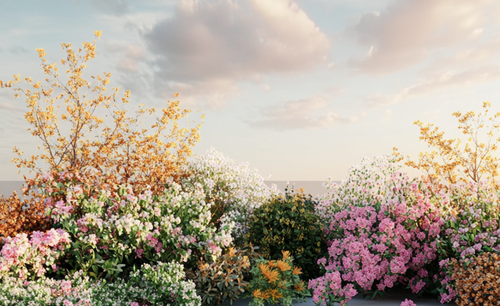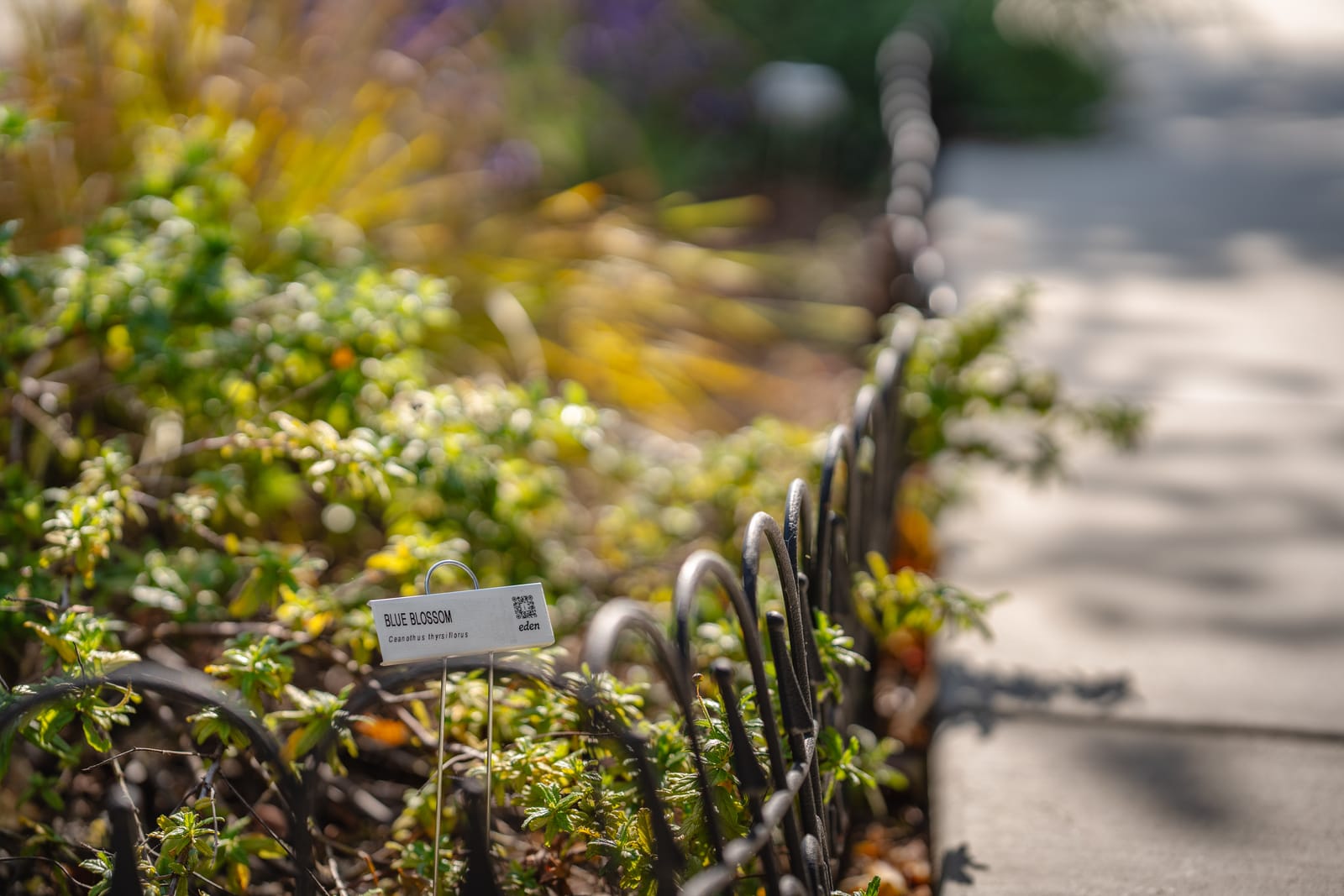How to Keep It Alive, Legal, and Thriving in San Francisco
San Francisco’s sidewalks are starting to bloom — and if you’ve planted your own garden along the curb, you’re part of a growing movement to transform gray space into green.
But let’s be real: planting is just the beginning.
Once your sidewalk garden is in the ground, there are new challenges to navigate — from keeping plants alive during a dry spell to staying compliant with city rules.
This post covers what comes after the install: watering tips, protection from heat and foot traffic, and the small habits that lead to a thriving garden long-term.
Watering Without a Hose: What Works (and What Doesn’t)
Most sidewalk gardens don’t have direct irrigation — and hauling a watering can every day gets old fast.
Here’s what works:
- Water deeply 1–2 times per week, in the morning or at dusk
- Use drought-tolerant native plants to reduce water needs
- Try passive irrigation systems like wine bottle drip methods or olla pots
- Don’t overwater — roots can rot in soggy soil
Pro tip: Newly planted gardens need extra care for the first 4–6 weeks while roots establish.
The Heat Is Real: Protecting Roots from Pavement Stress
In SF’s sunny districts like the Mission or Noe Valley, sidewalks can reach 110–120°F on a warm afternoon. That radiant heat bakes the soil and evaporates moisture fast.
Here’s how to help your garden survive:
- Add a 2–3 inch mulch layer to insulate the soil and retain moisture
- Choose plants that can handle heat, like yarrow, California fescue, and Cleveland sage
- Avoid gravel or other heat-absorbing materials around delicate roots
In foggier microclimates like the Sunset, go lighter on mulch to avoid excess moisture retention.
Dogs, Trash, and Foot Traffic: Designing for Reality
Sidewalk gardens live in public space — which means they’ll face people, pets, and the occasional litter.
What helps:
- Use natural borders like rocks, bricks, or low fencing to subtly protect your plants
- Pick sturdy, upright species that can bounce back from occasional trampling
- Avoid soft-stemmed, sprawling, or easily damaged varieties
Plant picks we love: Buckwheat, coral bells, coast strawberry
Know the Rules (So You Don’t Get Fined)
Even after planting, your garden needs to comply with San Francisco’s Sidewalk Landscaping Permit guidelines. Key rules include:
- Maintain a 4-foot wide pedestrian path
- Keep plants under 3 feet tall
- Avoid invasive or spiky species
- Do not block fire hydrants, meters, or utility boxes
If you planted without a permit, you can still apply retroactively through SF Public Works.
Maintenance: Set a Schedule (and Share the Load)
Even the toughest plants need a little upkeep.
Try this:
- Monthly: Sweep debris, prune back growth
- Quarterly: Check soil, re-mulch, replace dead plants
- Seasonally: Add color with flowering natives or groundcovers
Bonus: Recruit neighbors to help. Shared gardens build stronger blocks and lighten the load.
Final Thoughts: The Real Beauty Comes After Planting
Sidewalk gardens don’t just improve a single patch of pavement — they improve the feel of an entire block.
With a little effort and the right information, your garden can thrive through summer heat, foot traffic, and SF’s quirky microclimates.
Need help keeping your sidewalk garden healthy and compliant?
Eden can help you design, permit, and maintain a low-maintenance sidewalk garden that actually works in San Francisco.
Learn more or get started today → edenstudio.ai






